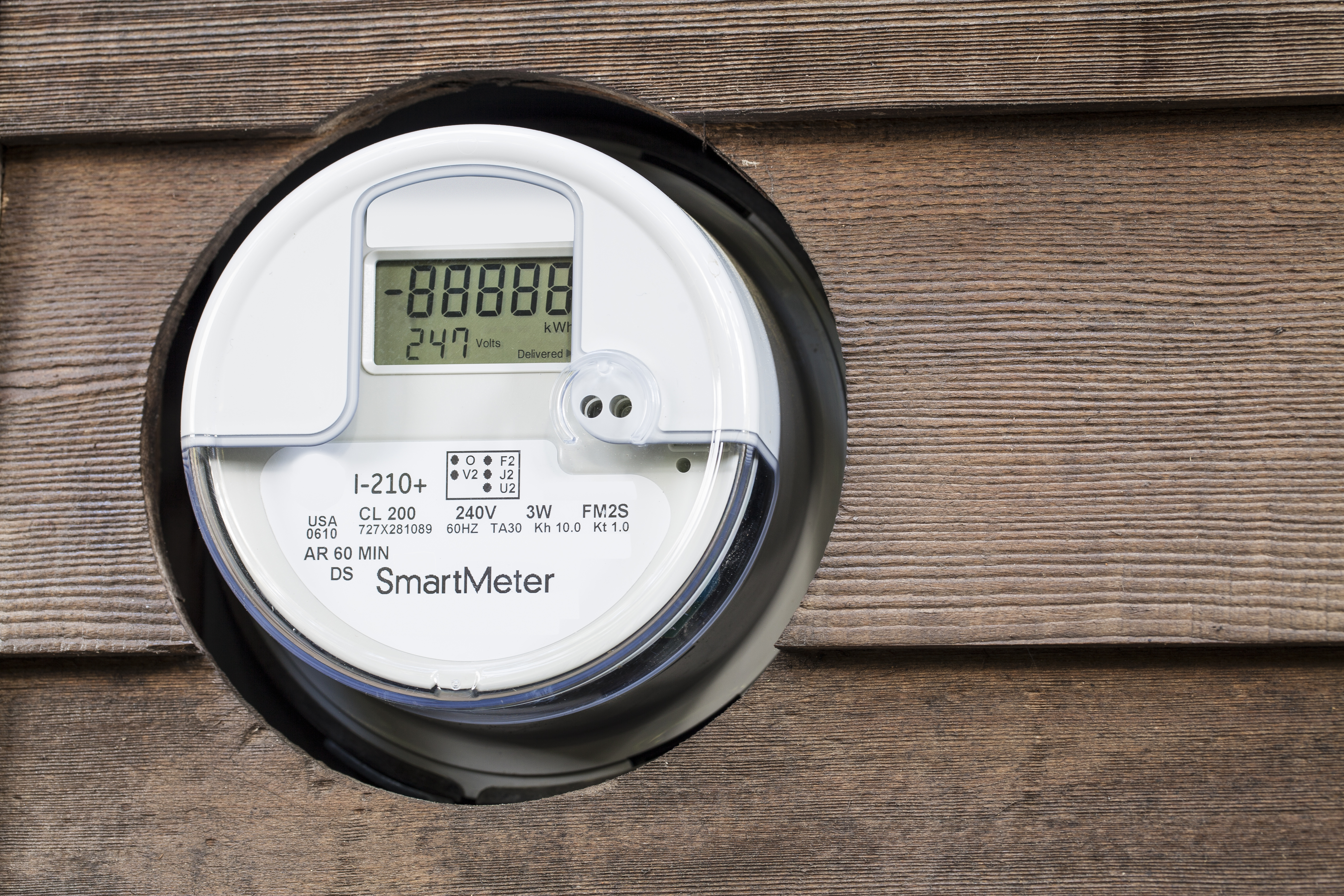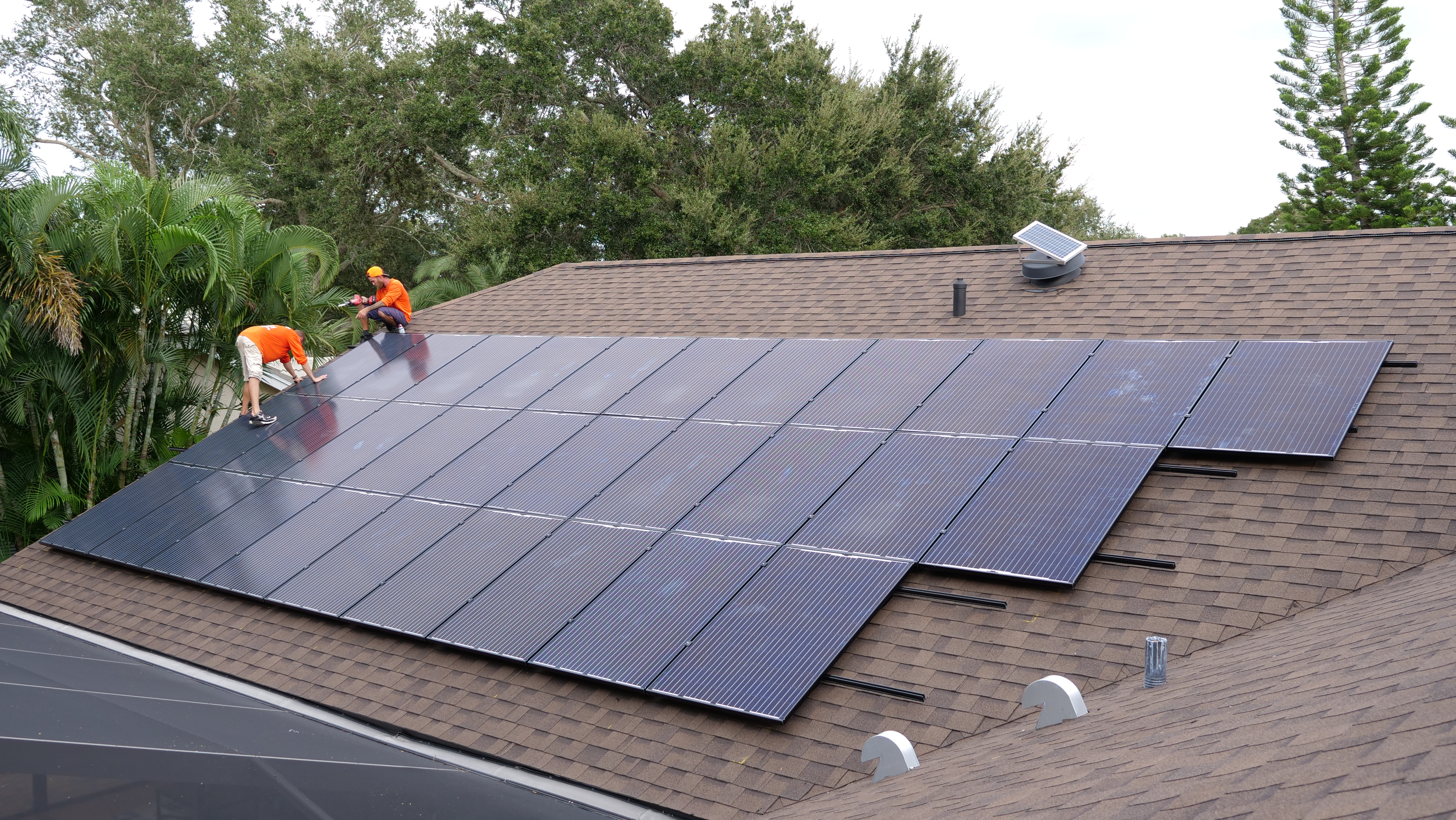Switching to solar power is a win-win for you and the environment. Thanks to generous federal and state subsidies, you can reduce your carbon footprint and your utility bill at the same time.
Federal tax credits for installing a solar photovoltaic system in the U.S. results in a dollar-for-dollar reduction on your income tax. For example, a $1,000 credit would reduce your federal tax bill by a thousand dollars. According to the Solar Energy Industries Association (SEIA), the residential and commercial solar tax credit has helped the U.S. solar industry grow by more than 10,000% since it was implemented in 2006.
In previous articles, we've talked about how these tax credits are available for a limited time. Now is the time to act if you’re ready to have the sun power your house. These tax breaks will vanish in 2022 unless Congress renews them. In the meantime, the current federal tax credit for solar is 26% in 2020, and decreasing to 22% if your system is installed in 2021.
Qualifying for a tax credit on your 2020 return requires that you place a new solar system into service this year. Generally speaking, that means installation is completed by the end of the year.
Here's how you can make sure your solar investment qualified for a tax break:
Review State and Local Solar Programs
State tax incentives are another way in which you can reduce the total cost for a new PV system. According to the SEIA, many states, counties, and local municipalities offer tax incentives. A good place to check on the availability of tax breaks in your state is the NC Clean Energy Technology Center’s online database. For information on local rebates and incentives, visit the Solar-Estimate webpage, and check with your local installer.
One example of a state that is helping reduce the cost of alternative energy is North Carolina — SEIA's number two pick for top states with cumulative solar electric capacity. The state offers a 35% tax credit for solar systems that are constructed, purchased, or leased by a taxpayer — and placed into service during the taxable year.
Every state is different, but the other states in the top 10, based on SEIA’s ranking, are Florida, Texas, Arizona, Nevada, New Jersey, Massachusetts, Georgia, and New York. These states all offer incentives that supplement the federal investment tax credit.
For example, one Northeastern state that has made solar economical for homeowners is Massachusetts. The Solar Massachusetts Renewable Target (SMART) program, for example, combines the cost of electricity and the value of net metering into one rate, helping homeowners maximize their savings.
Every home's solar needs are unique, so your annual savings will be determined by the characteristics of your installation and the electricity rates in your area. But in one hypothetical example, a residential customer, with a 6-kilowatt solar system panel that produces 12,000 kilowatt-hours of electricity a year, will save an additional $1,979 a year. When the additional savings from net metering is included, the total savings for participants in the SMART program is about $3,609 a year.
The Massachusetts program underscores how federal and state investment tax credits can reduce the all-important payback period for installing a solar system.
Exploring Other Incentives
In addition to tax credits and other government programs, some solar panel manufacturers also offer additional financial incentives. Keep in mind that rebates come and go, and can vary by location and circumstances.
Renewable Energy Certificates
Owners of solar systems in some states can also benefit from renewable energy certificates (RECs). One REC is earned for every megawatt-hour of electricity that is generated and delivered to the electricity grid from a renewable energy resource. RECs are market-based, meaning they are bought and sold, much like stocks or bonds.
RECs are an accepted legal instrument in the U.S. renewable energy market and can provide an added windfall for solar system owners.
Solar Panels
Two indirect factors to consider when assessing an investment in a PV system are the efficiency of the solar panels and their expected longevity. Panasonic’s panels, for instance, have high-efficiency ratings of between 19.4% and 20.4%. Efficiency is a measure of how much sunlight that hits the surface area of a solar panel is converted into usable electricity.
Panasonic panels are also guaranteed to produce a minimum power output of about 91% after 25 years. That means near-peak production efficiency, even after more than two decades in use. They also offer a 25-year warranty on performance, parts, and labor when your system is installed by an authorized or premium installer.
You can maximize your federal tax credit by installing a new system by the end of the year. But even if you wait until 2021, you’ll still be able to take advantage of numerous financial incentives to help you go green.
Learn more about how Panasonic solar and battery storage solutions can help you meet your energy efficiency goals for the end of this year, and years to come. To learn more about reducing your system cost by 26% or more in 2020, connect with a verified Panasonic installer today.






